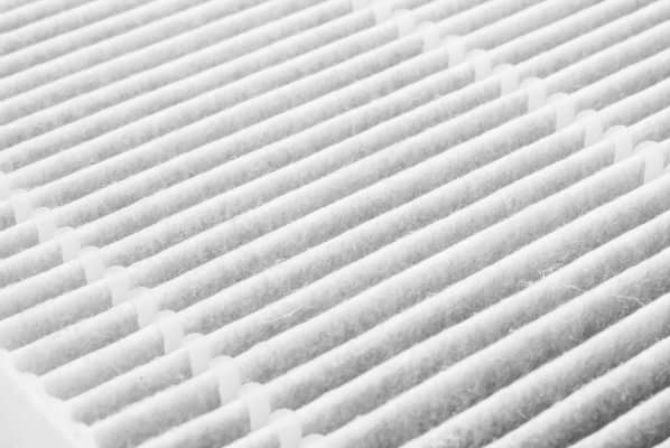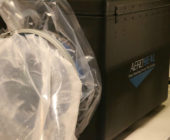
Proactive Steps For Winter Air Quality Management
Winter has arrived, bringing not only colder temperatures but also a series of adjustments needed to maintain a comfortable and healthy indoor space. In this guide, we’ll explore how the winter season can impact indoor air quality as well as offer practical solutions to keep your home’s air fresh and clean.
At Champion Home Services, we aim to make your San Antonio home comfortable year-round. From heater tune-ups and furnace repairs to top-quality indoor air solutions, we’re here for you!
Understanding Winter’s Influence On Indoor Air Quality
As the leaves change colors and temperatures drop, your home’s air quality is not immune to these seasonal shifts. Winter and the transitioning months often bring concerns such as sneezing, coughs, colds, allergies and asthma.
Maintaining optimal air quality becomes crucial during this period, requiring adjustments to your regular routine and, if needed, the incorporation of innovative products. Here on our team, we understand the challenges that winter brings — which is why we offer a full range of indoor air quality (IAQ) products and services.
The Power Of Whole Home Purification And Indoor Air Filtration
Investing in a whole-home purification or indoor air filtration system stands out as one of the most effective ways to ensure clean air in your home. With help from Champion Home Services, you can discover which indoor air filtration system is right for your space.
Our systems are designed to capture or eliminate various harmful elements, from odor-causing bacteria and air pollutants to VOCs, mold, pollen and smoke. Depending on your household’s needs, we have the solution for you!
Proactive Filter Maintenance: Combatting Winter Staleness
Regularly changing your air filters is a good practice year-round, but it becomes even more crucial during the winter months. Our team recommends changing your HVAC filter every 60-90 days in general.
If you’re experiencing allergy symptoms while indoors or your household has indoor pets, you may need to change your filters more often than this — as often as every month for some homes.
Changing your air filter more frequently — especially during peak heater usage — can refresh your indoor air and prevent the stuffiness often associated with cold weather.
Harnessing The Benefits Of Humidifiers
Humidifiers can be a game-changer during winter. These systems can enhance your home’s air quality by alleviating winter dryness. With a humidifier, you can address wintertime symptoms like dry, itchy skin, coughs and sore throats.
Consider both room-specific and whole-home humidifiers for optimal results. Our team is more than happy to walk you through your options!
Natural Freshness: House Plants As Air Purifiers
Indoor plants play a crucial role in improving indoor air quality and sustaining comfortable humidity levels. Although house plants are often credited with boosting oxygen levels in a space, it’s crucial to recognize that their impact on oxygen is limited.
While plants release oxygen during photosynthesis, the amount generated by typical indoor plants is relatively small when compared to the total air volume in a room. Therefore, the primary benefit of house plants for indoor air quality lies in their proficiency at removing specific pollutants rather than significantly increasing oxygen levels.
However, the moisture requirements of these plants offer a distinct advantage. They can help elevate low humidity levels, contributing to a fresher indoor environment. This aspect proves especially beneficial during the winter months when heating systems tend to lower humidity, resulting in dry indoor air.
Increase Indoor Air Quality With Champion Home Services
Whether it’s installing advanced air filtration systems, changing filters regularly, introducing humidifiers or adding houseplants, being proactive is key to taking control of your home’s air quality during winter.
Explore these steps and find the right combination that works for you and your household. Preparing ahead is the best strategy to navigate the winter season while ensuring a healthy and comfortable living space. When you’re ready to schedule your IAQ services, reach out to Champion Home Services!




